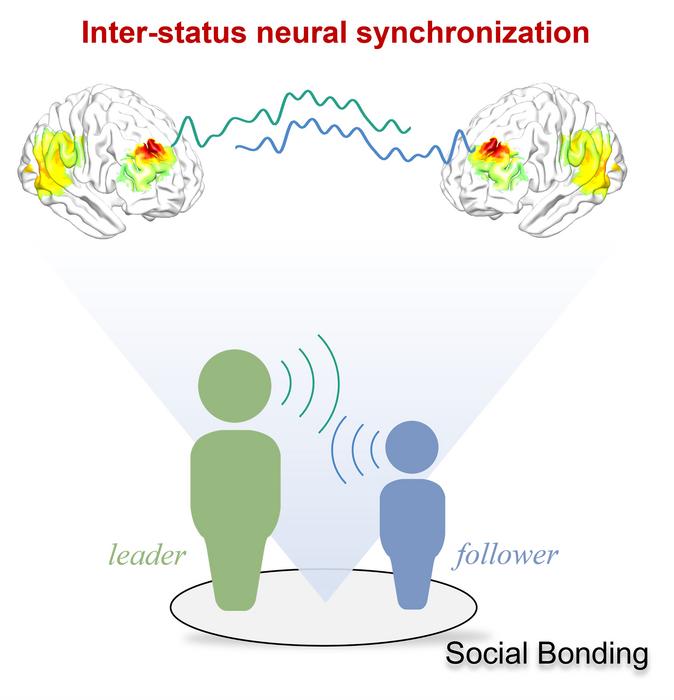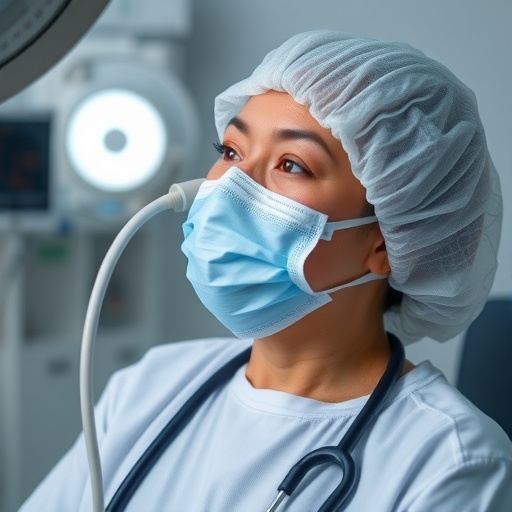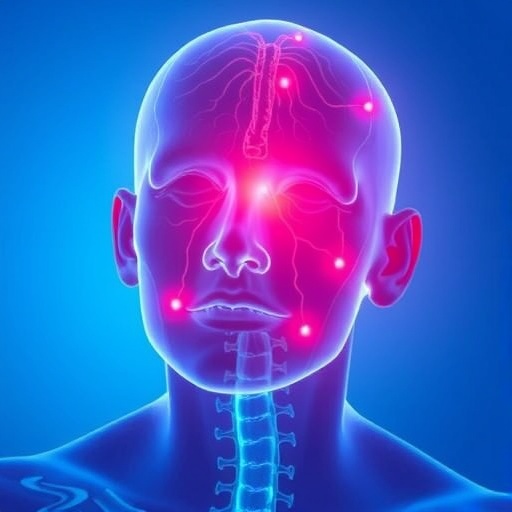When small hierarchical groups bond, neural activity between leaders and followers aligns, promoting quicker and more frequent communication, according to a study published on March 19th in the open-access journal PLOS Biology by Jun Ni from Beijing Normal University, China, and colleagues.

Credit: Jun Ni (CC-BY 4.0, https://creativecommons.org/licenses/by/4.0/)
When small hierarchical groups bond, neural activity between leaders and followers aligns, promoting quicker and more frequent communication, according to a study published on March 19th in the open-access journal PLOS Biology by Jun Ni from Beijing Normal University, China, and colleagues.
Social groups are often organized hierarchically, where status differences and bonds between members shape the group’s dynamic. To better understand how bonding influences communication within hierarchical groups and which brain regions are involved in these processes, the researchers recorded 176 three-person groups of human participants (who had never met before) while they communicated with each other, sitting face-to-face in a triangle. Participants wore caps with fNIRS (functional near-infrared spectroscopy) electrodes to non-invasively measure brain activity while they communicated with their group members. Each group democratically selected a leader, so each group of three ultimately included one leader and two followers. After strategizing together, groups played two economic games designed to test their willingness to make sacrifices to benefit their group (or harm other groups).
Experimenters assigned some triads to go through a bonding session, where they were grouped according to color preferences, given uniforms, and led through an introductory chat session to build familiarity. Bonded groups spoke more freely and bounced between speakers more frequently and rapidly, relative to groups that didn’t experience this bonding session. This bonding effect was stronger between leaders and followers than between two followers. Neural activity in two brain regions linked to social interaction, the right dorsolateral prefrontal cortex (rDLPFC) and the right temporoparietal junction (rTPJ), aligned between leaders and followers if they had bonded. The authors state that this neural synchronization suggests that leaders may be anticipating followers’ mental states during group decision-making, though they acknowledge that their findings are restricted to East Asian Chinese individuals communicating via text (without non-verbal cues), whose culture emphasizes group cohesion and commitment towards group leaders.
The authors add, “Social bonding increases information exchange and prefrontal neural synchronization selectively among individuals with different social statuses, providing a potential neurocognitive explanation for how social bonding facilitates the hierarchical structure of human groups.”
#####
In your coverage, please use this URL to provide access to the freely available paper in PLOS Biology: http://journals.plos.org/plosbiology/article?id=10.1371/journal.pbio.3002545
Citation: Ni J, Yang J, Ma Y (2024) Social bonding in groups of humans selectively increases inter-status information exchange and prefrontal neural synchronization. PLoS Biol 22(3): e3002545. https://doi.org/10.1371/journal.pbio.3002545
Author Countries: China
Funding: This work was supported by the National Natural Science Foundation of China (https://www.nsfc.gov.cn/english/site_1/index.html, Projects 32125019 to Y.M.); the STI 2030—Major Projects 2022ZD0211000 to Y.M. (https://en.most.gov.cn/); the Fundamental Research Funds for the Central Universities (http://en.moe.gov.cn/, 2233300002 to Y.M.); the Major Project of National Social Science Foundation (http://www.nopss.gov.cn/, 19ZDA363 to Y.M.); the start-up funding from the State Key Laboratory of Cognitive Neuroscience and Learning, IDG/McGovern Institute for Brain Research, Beijing Normal University (https://brain.bnu.edu.cn/English/index.htm, to Y.M.). The funders had no role in study design, data collection and analysis, decision to publish or preparation of the manuscript.
Journal
PLoS Biology
DOI
10.1371/journal.pbio.3002545
Method of Research
Experimental study
Subject of Research
People
Article Publication Date
19-Mar-2024
COI Statement
Competing interests: The authors have declared that no competing interests exist.




